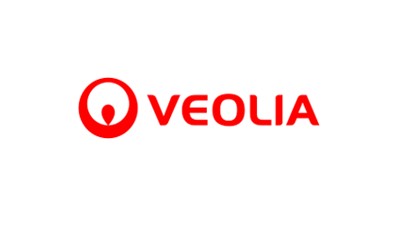Green Steam Warms Up The LEED Certification Process For Boston’s Owners And Developers

It's not easy being green. As municipal governments push for improved environmental standards in buildings, more owners and developers must strive for LEED certification to meet efficiency benchmarks. Racking up points to claim either a Certified, Silver, Gold or Platinum designation requires significant capital investment.
Building responsibly comes at a cost.
In 2007, Boston became the first city in the U.S. to require green building standards through municipal zoning requirements. Article 37 requires that all projects achieve at least a LEED Certified designation. Developers can heed these benchmarks by using underground assets. A network of district energy steam pipes running underneath downtown Boston and Cambridge can improve facilities' energy efficiency and help users earn LEED credits by leveraging existing infrastructure.
District energy is the production of thermal energy at a central plant that is distributed to a community or campus through steel and concrete-encased underground pipelines. In cities like Boston, most of this energy is recycled from electricity generation, a configuration known as combined heat and power. Combined heat and power increases energy efficiency by up to 80%, while reducing greenhouse gas emissions.
“About 75% of the steam supplied to downtown Boston and nearly 100% of the steam supplied to Cambridge is recycled thermal energy,” Veolia North America Vice President of Operations Scott McBurney said.
Business owners in Boston and Cambridge immediately benefit from burning less fuel. Combined heat and power also meets the energy requirements of a wide variety of sectors, from hospitals and college campuses to office buildings. CHP as a stand-alone solution from district energy that can also support microgrid technology, which allows a building that uses its own CHP system to operate independent of the electrical grid during outages.
LEED certification for projects follows a point system across multiple categories. The U.S. Green Building Council assesses building standards for energy and water efficiency, as well as light and air quality. In addition to prerequisites like indoor and outdoor water reduction, submetering and waste management, developers can earn points for conducting site inspections, taking steps to reduce heat island effects, creating open space and developing in areas with existing infrastructure, among other initiatives.
To meet the requirements for LEED Certified, a property must earn 40 to 49 points; for Silver, 50 to 59 points; for Gold, 60 to 79 points; and for Platinum, 80 points or greater.
Owners and developers also have to pay a $600 application fee to begin the certification process. Certification fees range from $2,250 to $22,500 based on project size. This cost does not account for any capital investments required to earn the certification.

Veolia’s green steam network helps projects earn points toward a LEED status by using a preexisting system. As an environmental solution, combined heat and power recaptures thermal energy discharged from electricity generation, heat that would otherwise be lost to the environment. Also known as cogeneration, the technology integrates with Boston and Cambridge's existing district energy network and makes recycling thermal energy possible.
Veolia is producing green steam at Kendall Cogeneration Station in Cambridge. After completing a 7,000-foot steam pipeline extension in 2013, 75% of the company’s district energy supply uses recycled steam through combined heat and power. Veolia’s acquisition of the Kendall plant gives it more control over energy generation, and allows it to leverage a higher output.
“Cogeneration is actually a 140-year-old technology, used by Thomas Edison, so it has been an active solution in the environmental sector for quite a while,” McBurney said. “But it is increasingly being recognized as an approachable, modern solution to cities’ sustainability challenges.”
District energy networks operated by Veolia already serve approximately 250 commercial, healthcare, government, institutional and hospitality customers within the central business district of Boston, the Longwood Medical Area and Cambridge's biotechnology corridor.
Nitrogen dioxide and sulfur dioxide emissions decreased in Boston and Cambridge by approximately 30% and 60%, respectively, after constructing a pipeline to capture excess thermal energy that was previously lost to the environment. The pipeline also led to a 6% reduction of non-transportation carbon emissions.
When it comes to LEED, owners can incorporate the electrical efficiency benefits of cogenerated steam into point calculations for new building construction. Using the district energy steam system in Boston could add an additional eight or nine efficiency points to a project than if developers were to install on-site boilers.
Properties using CHP for both heating and cooling can earn all 18 LEED points for energy efficiency without capital investment. Through the use of on-site steam absorption chillers and steam-driven turbine chillers, building owners can leverage reliable district energy steam to meet their on-site cooling needs. If an owner were just to install a boiler, that would only add four credits to the property’s LEED application.
“By receiving thermal energy through this district network, owners can reduce their upfront capital costs and also limit their environmental footprint at the same time. And that gets them closer to LEED certification,” McBurney said.
To learn more about this Bisnow content partner, click here.

